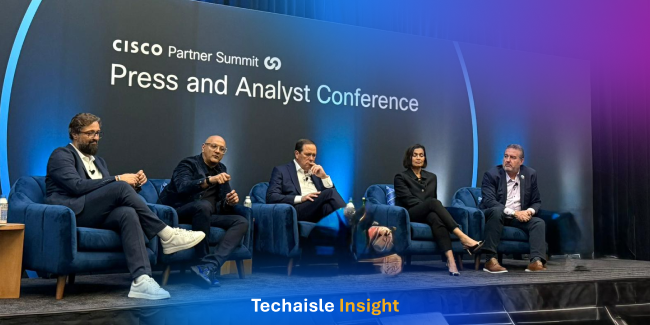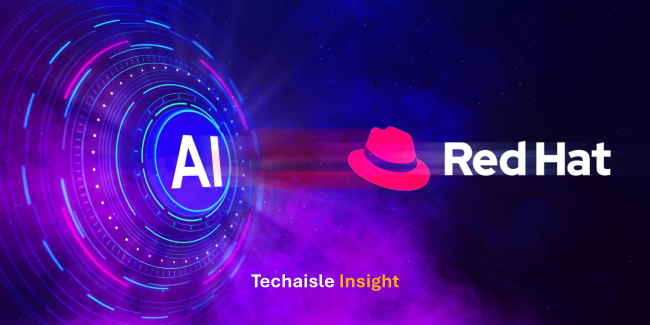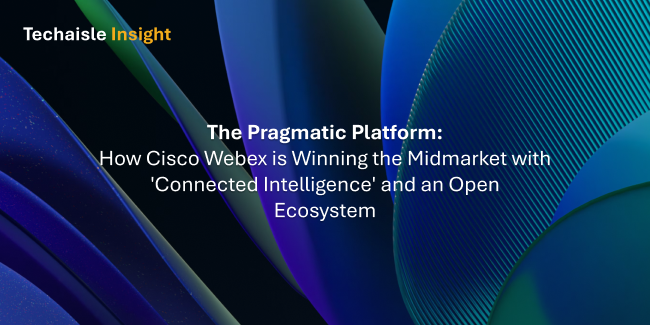At its recent Partner Summit, Cisco’s executive team, led by CPO Jeetu Patel, made a declaration that was as bold as it was inevitable: "Cisco is the critical infrastructure company for the AI era." For an organization built on connecting the internet, this is a profound pivot. However, according to my analysis, even this claim is too modest. Cisco is not just building infrastructure; it is building the integrated stack to simplify and secure customer deployments. A more accurate title is the "Distributed AI Infrastructure Orchestrator." This pivot to orchestration is not one Cisco can make alone. It is a co-dependent strategy built to capture a once-in-a-generation install base refresh—an opportunity CEO Chuck Robbins pegged at $40 billion for Cisco. From my Techaisle analysis, Cisco's blueprint for capturing this opportunity rests on three interdependent pillars:
- A Reframed Platform Strategy: Solving the core-to-edge infrastructure and data barriers to AI.
- A Comprehensive Security Doctrine: Weaving trust into the fabric of the network as a prerequisite for AI adoption.
- A Modernized Economic Engine: The new Cisco 360 Partner Program is designed to shift partner business models from resale to high-value lifecycle services.

1. Reframing the Platform: Beyond "AI Infrastructure"
Jeetu Patel’s claim is the new north star, but I believe "critical infrastructure for the AI era" is too modest a description. It fails to capture the scale of Cisco’s ambition. Cisco’s strategy is designed to address what it identifies as the three fundamental "impediments" holding back AI: infrastructure constraints, a trust deficit, and a data gap.













